What is the flow of Java execution?
What is the flow of Java execution?
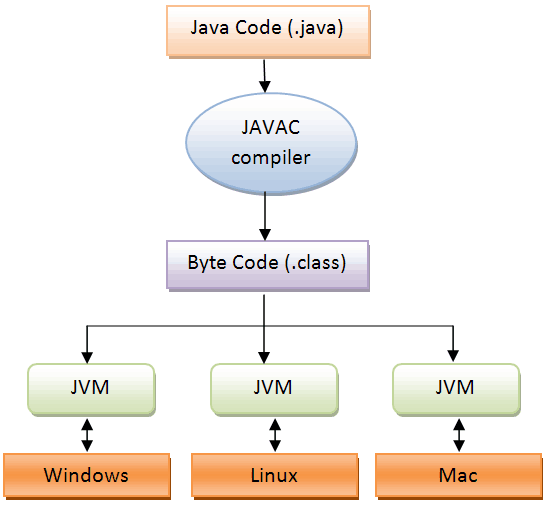
The flow of Java execution! Let me walk you through it.
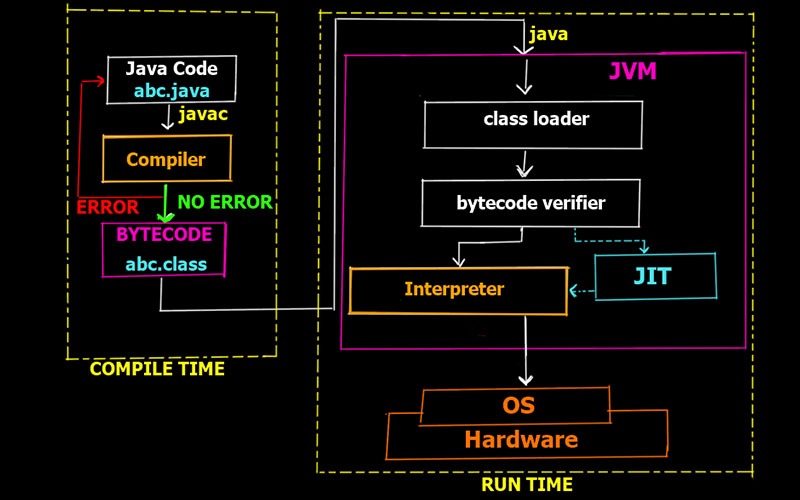
Step 1: Compile-Time (aka Pre-Execution)
When a Java program is written, the code needs to be compiled into bytecode (.class files) using a Java compiler like javac. This step checks for syntax errors, and if there are none, generates the bytecode. The bytecode is not platform-dependent, meaning it can run on any machine with a JVM (Java Virtual Machine).
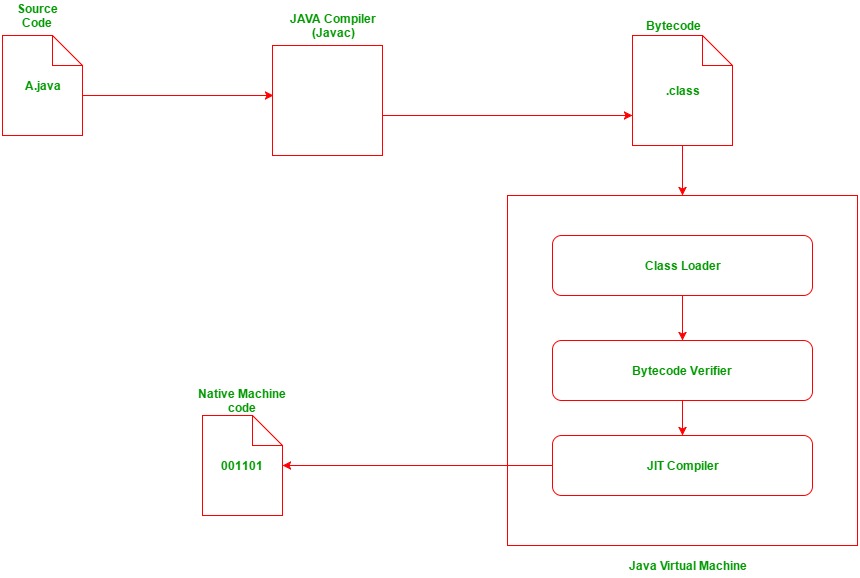
Step 2: Loading
When you execute a Java program, the following steps occur:
Classloader: Loads the .class file(s) into memory. Verification: Checks for correctness and consistency of the bytecode. This ensures that the code adheres to the rules of the Java programming language.Step 3: Preparation
The JVM prepares the classes by:
Creating ajava.lang.Class object for each class. Initializing static fields (if any). Preparing native method calls (if any).
Step 4: Execution
Now it's time to execute the code! The JVM performs the following steps:
Method Invocation: Calls the main() method (the entry point) of the program. Bytecode Execution: Interprets and executes the bytecode line by line, using a combination of native and just-in-time (JIT) compilation. This process involves: Loading instructions from memory. Decoding instructions into a form the JVM can execute. Executing the decoded instructions.Step 5: Garbage Collection
As objects are created and garbage is generated, the JVM periodically runs garbage collection to:
Identify unreachable (garbage) objects. Reclaim their memory by removing them from memory.Step 6: Shutdown
When the program finishes executing or an exception occurs, the JVM performs:
Finalization: Callsfinalize() methods on objects that have been garbage collected. Unloading: Removes classes and resources from memory. Termination: Shuts down the JVM process.
In summary, the flow of Java execution involves compile-time steps (compilation), loading, preparation, execution, garbage collection, and shutdown. The JVM's just-in-time compilation and garbage collection mechanisms ensure efficient and robust execution of your Java programs.
What are the two types of controls in Java?
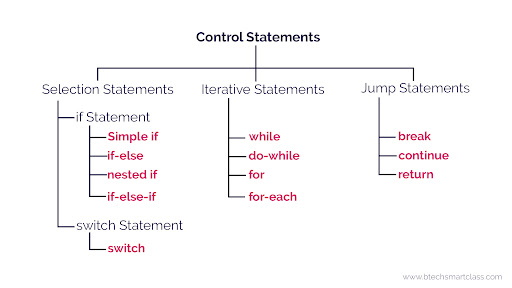
I'm happy to respond in English!
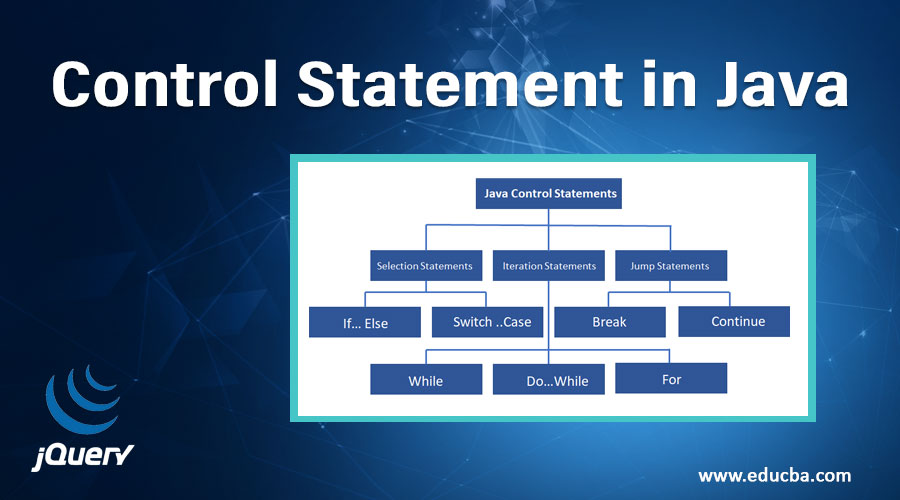
In Java, there are two primary types of control structures: Conditional Control and Loop Control.
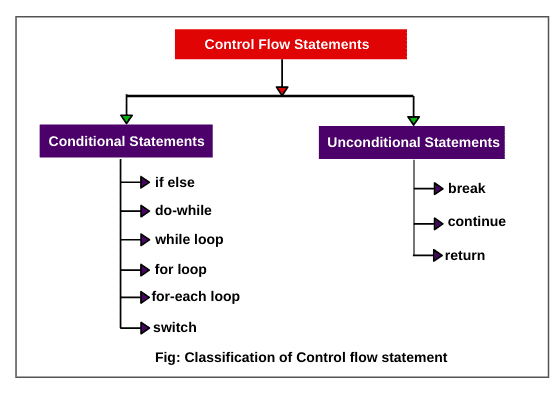
1. Conditional Control
Conditional control statements, also known as decision-making statements or selection statements, allow your program to make choices based on conditions you define. They execute a specific block of code depending on whether the condition is true or false. Java has several conditional control statements:
if statement: Executes a block of code if the condition is true. if-else statement: Executes one block of code if the condition is true and another block of code if it's false.
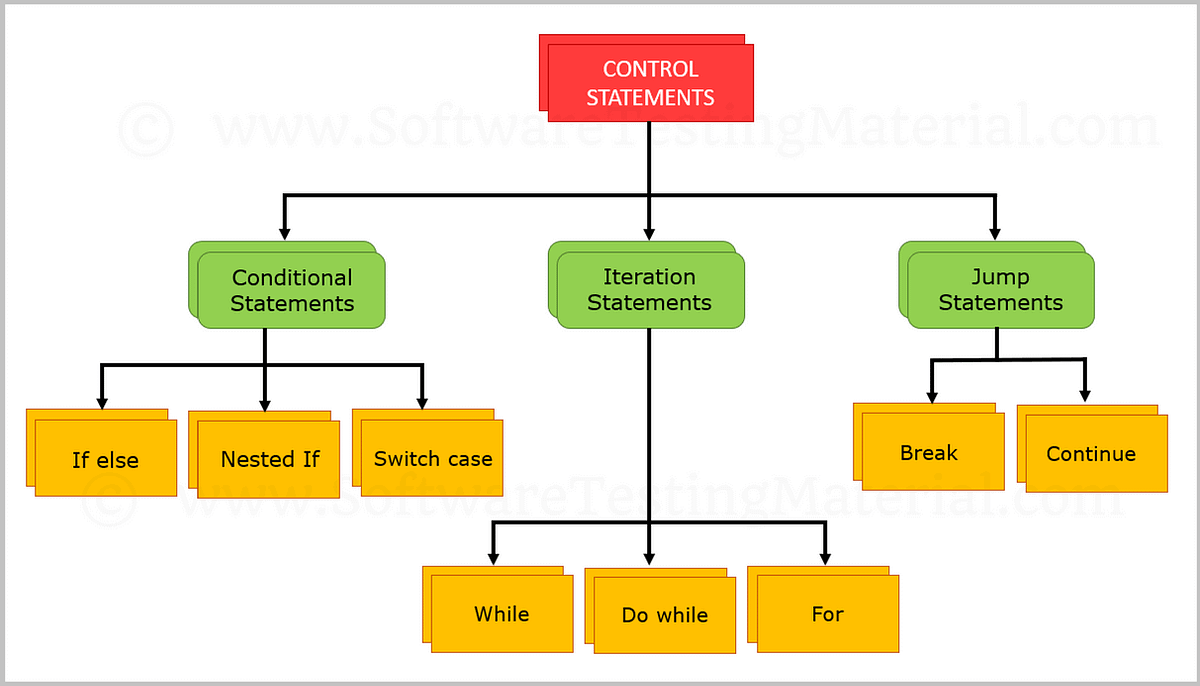
switch statement: Executes different blocks of code based on the value of an expression.
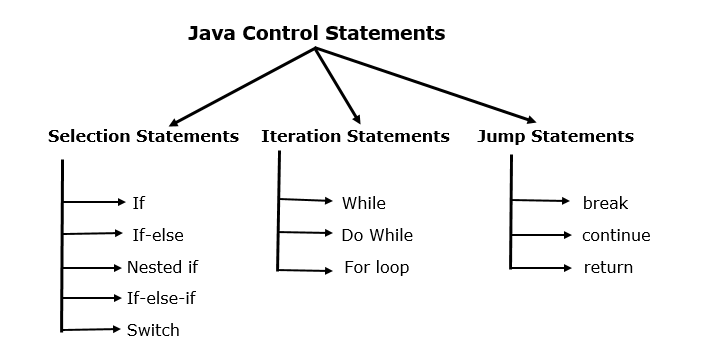
Here's a simple example:
javaint age = 25; if (age >= 18) { System.out.println("You are an adult."); } else { System.out.println("You are a minor."); }
2. Loop Control
Loop control statements, also known as iteration statements, allow your program to repeat a block of code multiple times. There are several loop control statements in Java:
while statement: Executes a block of code while the condition is true. do-while statement: Similar to while, but executes the code at least once before checking the condition. for statement: Used for iterating over an array, collection, or range.
Here's a simple example:
javaint count = 0; while (count < 5) { System.out.println("Looping..."); count++; }
In this example, the loop will execute five times, printing "Looping..." each time and incrementing count by one.
These two types of control structures enable you to write more robust and flexible programs in Java. You can use conditional statements to make decisions and loop control statements to repeat tasks or iterate over data.
I hope this explanation helps!





























